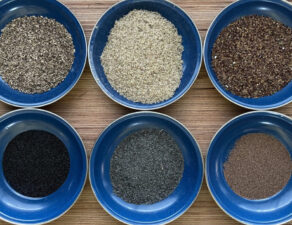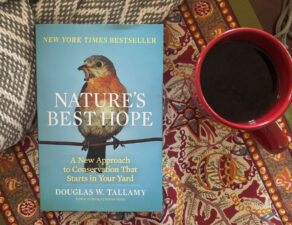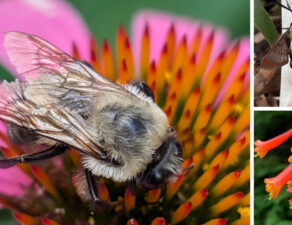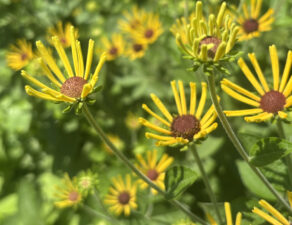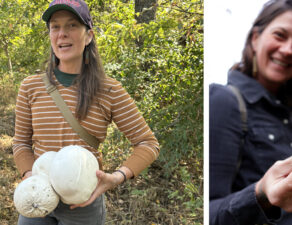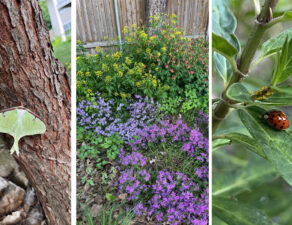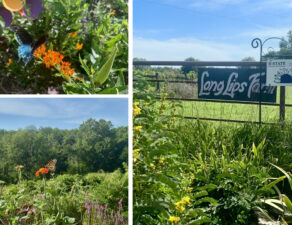
This is the first in our Ask The Experts series, a periodic feature with your questions answered by KCNPI Partners. Have a question? Ask us! We’ll periodically feature selected questions – and the answers from our partners in the know.
“The first thing to do is to get rid of the invasive plants. My yard (a short acre) is covered in wild honeysuckle, euonymus and some bamboo. I back up to an unmaintained area which is also covered in all of these invasives. I’m overwhelmed! Any suggestions? “
– Jody B. Kansas City, MO
You are right! The first step is get the invasive plants under control. This will be a multi-year process. And it’s frustrating when an adjacent property owner doesn’t properly manage their land.
First, divide and conquer. Decide where to start. Select a part of your yard, one invasive plant species to tackle, or select the area you want to plant with natives first. Manual removal of invasive plants is hard work. A consistent, steady pace serves land and owner in the long haul.
The Missouri Department of Conservation and Missouri Botanical Garden websites provide good information on identification and control of invasive plants. Check them out before you begin.
Two, with knowledge in hand, plan your attack. Effective technique at the right time of year provides faster results. Understand the most effective treatment regimen and how to implement it. For example, early spring and fall are the best times to remove honeysuckle. Your plan may look like this:

Use professional guidance from MDC, MO Botanical Gardens, and other reputable sources for selecting the most effective herbicide for each invasive plant. Consider volunteering with a local land conservation organization to learn and practice effective removal methods. Experienced people can guide you and answer questions.
Three, get your supplies and equipment. Attack! Implement your plans using the methods selected. Remember, consistent and steady application removing invasive plants provides effective results.
Finally, document your efforts with photos and notes; nothing elaborate. Photograph your yard before you start and throughout the process. You’ll see the progress you’ve made! A picture also helps when communicating with adjacent property owners or agency officials about land stewardship issues.
Reach out to conservation staff for guidance when needed. Good luck and persevere!
Carla Dods
Carla is an Environmental Scientist with 31 years of experience. She is President of Platte Land Trust and has served on the PLT Board of Directors since 2004.
